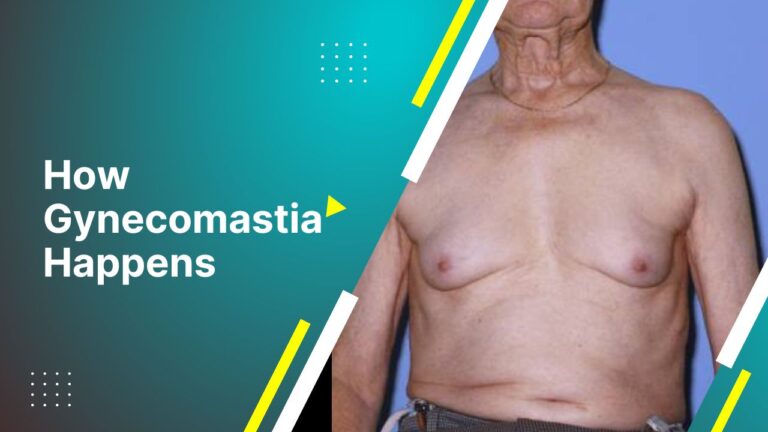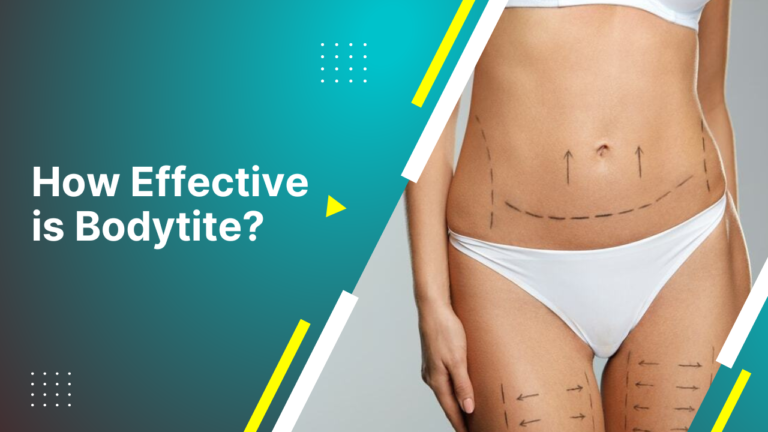Breast asymmetry is a common concern among women, with many seeking solutions to achieve a more balanced appearance. One popular option is breast augmentation. But can breast augmentation fix asymmetry effectively? Let’s explore this topic in detail.
Understanding Breast Asymmetry
Breast asymmetry refers to a condition where a woman’s breasts differ in size, shape, or position. This is a common occurrence, with studies indicating that up to 88% of women experience some degree of asymmetry. While often subtle, noticeable differences can impact self-esteem and body image.
Types of Breast Asymmetry
Breast asymmetry can manifest in various forms. Some women may have one breast that is larger or smaller than the other, while others might notice differences in shape or nipple position. These variations can be classified into:
- Size asymmetry: One breast is larger or smaller than the other.
- Shape asymmetry: Differences in the contour or form of the breasts.
- Position asymmetry: Variations in the height or position of the breasts on the chest wall.
Causes of uneven breasts
Several factors can contribute to breast asymmetry. Genetics play a significant role, as do hormonal changes during puberty, pregnancy, and menopause. Other causes include:
Book A Consultation With Dr Tarek Bayazid
Installment Plan Available
- Developmental issues: Conditions like Poland syndrome or tuberous breasts.
- Trauma or surgery: Previous surgeries or injuries can lead to asymmetry.
- Aging: Natural changes in breast tissue over time.
Can Breast Augmentation Fix Asymmetry?
Benefits of breast augmentation for asymmetry
Breast augmentation can be an effective solution for correcting asymmetry. By using implants, surgeons can enhance the size and shape of the breasts, creating a more balanced appearance. Benefits include:
- Improved symmetry: Achieving a more even look between the breasts.
- Enhanced confidence: Many women report increased self-esteem post-surgery.
- Customizable results: Implants come in various sizes and shapes to suit individual needs.
Limitations of breast implants for severe asymmetry
While breast augmentation can address many asymmetry issues, it may not be suitable for severe cases. Limitations include:
- Complexity: Severe asymmetry might require additional procedures.
- Implant limitations: Implants alone may not correct significant shape differences.
- Potential for revision: Some cases may need further surgeries for optimal results.
Combining augmentation with other procedures
For those with significant asymmetry, combining breast augmentation with other procedures can enhance results. Options include:
- Breast lift (mastopexy): Elevates and reshapes sagging breasts.
- Breast reduction: Reduces the size of larger breasts for better balance.
- Fat transfer: Uses the patient’s fat to enhance breast shape and symmetry.
Surgical Options for Correcting Breast Asymmetry
Breast augmentation with implants
Breast augmentation with implants is a popular choice for correcting asymmetry. Surgeons can select different implant sizes for each breast to achieve balance. This procedure involves:
- Incision placement: Options include under the breast, around the nipple, or in the armpit.
- Implant type: Choices between saline and silicone implants.
- Customization: Tailoring the procedure to the patient’s unique anatomy.
Fat transfer breast augmentation
Fat transfer breast augmentation offers a natural alternative to implants. This technique involves:
- Liposuction: Removing fat from areas like the abdomen or thighs.
- Purification: Processing the fat for injection.
- Injection: Carefully injecting fat into the breasts to enhance symmetry.
Breast lift (mastopexy)
A breast lift, or mastopexy, can address asymmetry by reshaping and elevating the breasts. This procedure is ideal for:
- Sagging breasts: Lifting and firming the breast tissue.
- Nipple repositioning: Adjusting the nipple height for symmetry.
- Combination with implants: Enhancing volume and shape.
Breast reduction
Breast reduction surgery can correct asymmetry by reducing the size of one or both breasts. This option is suitable for:
- Large breasts: Achieving a more proportional size.
- Back and neck pain: Alleviating discomfort from heavy breasts.
- Improved symmetry: Creating a balanced appearance.
Ideal Candidates for Breast Asymmetry Correction
Age and breast development
Candidates for breast asymmetry correction should have fully developed breasts. This typically occurs by the late teens or early twenties. Younger patients may need to wait until their breasts have stopped growing.
Overall health considerations
Good candidates for surgery should be in overall good health. Factors to consider include:
- Non-smokers: Smoking can impair healing and increase risks.
- Stable weight: Fluctuations can affect results.
- No underlying health issues: Conditions like diabetes or heart disease may complicate surgery.
Realistic expectations
Having realistic expectations is crucial for a successful outcome. Patients should understand:
- Surgical limitations: Perfection is not always achievable.
- Potential for revision: Some cases may require additional procedures.
- Recovery process: Healing takes time and patience.
The Breast Augmentation Procedure for Asymmetry
Preoperative planning
Successful breast augmentation begins with thorough preoperative planning. This stage involves:
- Consultation: Discussing goals and options with the surgeon.
- Measurements: Taking precise measurements for implant selection.
- Imaging: Using 3D imaging to visualize potential results.
Surgical techniques
Various surgical techniques can be employed to correct asymmetry. These include:
- Dual-plane placement: Positioning the implant under both the breast tissue and muscle.
- Incision options: Choosing the best incision site for minimal scarring.
- Implant selection: Picking the right size and type for each breast.
Recovery and results
Recovery from breast augmentation varies by individual. Key points include:
- Initial recovery: Typically lasts 1-2 weeks, with swelling and discomfort.
- Long-term results: Final results may take several months to fully develop.
- Follow-up care: Regular check-ups ensure optimal healing.
Alternatives to Breast Augmentation for Asymmetry
Non-surgical options
For those seeking non-surgical solutions, several options exist:
- Custom-fit bras: Specially designed bras can create the illusion of symmetry.
- Prosthetics: External breast forms can balance appearance without surgery.
Custom-fit bras and prosthetics
Custom-fit bras and prosthetics offer a temporary solution for asymmetry. Benefits include:
- Non-invasive: No surgery or recovery time is required.
- Adjustable: Easily changeable as needed.
- Cost-effective: More affordable than surgical options.
Choosing a Surgeon for Breast Asymmetry Correction
Qualifications to look for
Selecting a qualified surgeon is crucial for a successful outcome. Considerations include:
- Board certification: Ensures the surgeon meets high standards.
- Experience: Look for a surgeon with extensive experience in breast surgery.
- Reputation: Positive reviews and testimonials from past patients.
Risks and Complications of Breast Augmentation for Asymmetry
Common side effects
Like any surgery, breast augmentation carries risks. Common side effects include:
- Swelling and bruising: Typically subside within a few weeks.
- Pain and discomfort: Manageable with medication.
- Scarring: Fades over time but may be permanent.
Potential long-term issues
Long-term complications, though rare, can occur. These include:
- Capsular contracture: Hardening of scar tissue around the implant.
- Implant rupture: Leakage of saline or silicone.
- Asymmetry recurrence: Changes in breast tissue over time.
Final Thoughts
Breast asymmetry is a common issue that can affect a woman’s confidence and self-image. While breast augmentation offers a viable solution for many, it’s essential to consider all options and consult with a qualified surgeon. Understanding the benefits, limitations, and potential risks can help you make an informed decision about the best approach for your unique situation.
FAQs
How much does asymmetrical breast surgery cost?
The cost of asymmetrical breast surgery varies based on the procedure and location. On average, it can range from AED 19,000 to AED 35,999. It’s important to consult with a surgeon for a personalized quote.
Is breast asymmetry normal?
Yes, breast asymmetry is quite normal and affects a large percentage of women. Most cases are mild and do not require treatment. However, significant asymmetry can be addressed through surgical or non-surgical means.
Can breast asymmetry be corrected without surgery?
Yes, there are non-surgical options to address breast asymmetry. Custom-fit bras and prosthetics can help create the appearance of symmetry. These solutions are non-invasive and can be adjusted as needed.








